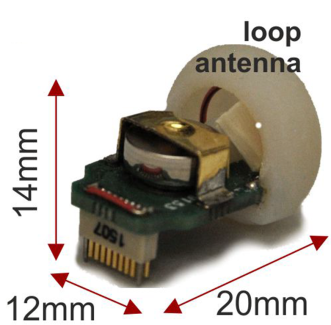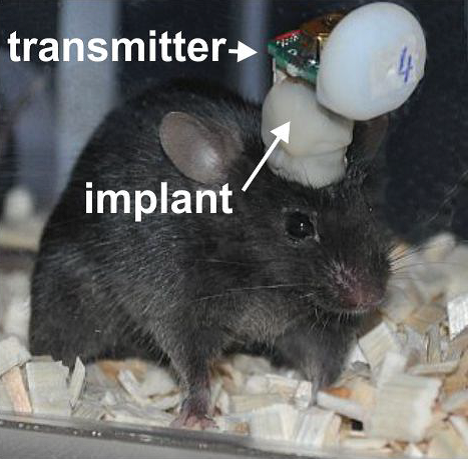CRACK IT Challenge
Cognition: A miniature wireless EEG system for continuous monitoring of mice brainwave activity

At a glance
Completed
Award date
December 2011 - June 2017
Contract amount
£500,000
Sponsor(s)
R
- Refinement


